Does drinking from a wine glass change the flavour of specialty coffee?
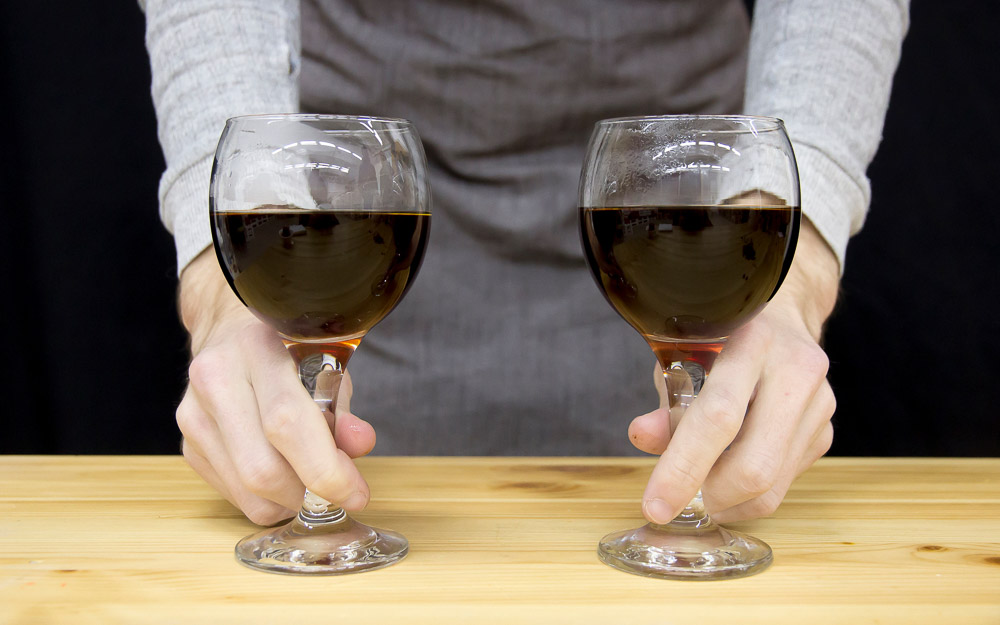
There are many variables which affect the sensory experience of drinking specialty coffee. From brewer material to the altitude we’re at, the flavours and aromas in the cup are impacted by much more than just processing technique, roast profile, and brewing method.
One example is the shape of the drinking vessel. Findings from a 2018 research paper state the shape of the cup significantly affects our sensory perception of specialty coffee. This has led some coffee shops, and even some World Barista Championship competitors, to serve certain coffees in different-shaped cups.
Similar research has long been applied and used in the wine industry, where sommeliers and bartenders pair certain wines with different-shaped glasses to heighten the sensory experience.
Ultimately, using the right glass helps to improve and complement a wine’s flavour profile. So could serving coffee in a wine glass also change its flavours and aromas – and potentially enhance the experience, too?
To find out, I spoke to Marek Krupa, co-founder and CFO of Kruve, and Rafael Silva, owner of Sicafé in El Salvador. Read on for more of their insight.
You may also like our article on whether filter basket shape can affect the flavour of coffee.
How do we perceive flavour & aroma?
To understand the flavour profile of coffee, we first need to break down what taste, aroma, and flavour actually mean. Some broad definitions include:
Taste (or gustation): the sensation of perceiving flavour in the mouth and throat when eating or drinking. There are five basic tastes which our taste buds perceive: salty, bitter, sweet, sour, and umami
Aroma: a noticeable and distinctive smell caused by a complex mixture of volatile compounds
Flavour: the sensory perception of both taste and aroma
We often talk about how post-harvesting methods, processing techniques, roast profiles, brewing methods, brew temperature, and water quality impact a coffee’s flavours and aromas. Although all of these factors certainly contribute to flavour profile, there are also a number of other considerations to account for, such as the shape of your drinking vessel.
Marek explains how Kruve designed its EQ range of glassware specifically to enhance the sensory experience of drinking coffee.
“A drinking vessel has a significant impact on perception of flavour and aroma because it changes the way the coffee smells and tastes, as well as how you drink coffee,” he says. “What’s more, our senses, feelings, and emotions also impact how we experience coffee.”
How do different-shaped drinking vessels affect coffee flavour and mouthfeel?
Most specialty coffee shops serve drinks in ceramic cups or wide-mouth, thick-rimmed glasses. With wine, however, most sommeliers or bartenders use stemware glasses which consist of three parts: the bowl, stem, and foot.
According to world-renowned sommelier Aldo Sohm, the type and shape of a wine glass has a huge impact on sensory perception.
In his book Wine Simple, Sohm explains that a well-designed wine glass helps concentrate the aromas which are specific to a certain type of wine. This means the aromatic compounds “hit” your nose and tongue in the right way, which helps to elevate the flavours.
In Wine Simple, Sohm explains the best wine glasses should be handmade with a very thin and smooth rim. This is so the wine “hits” the tip of the tongue, which is where we taste sweetness.
Moreover, in his book, Sohm further explains even small differences in shape and design can change how we perceive flavour. For instance, a small ridge at the lip of the glass can create a slight bubble. This means the wine “hits” further back on your tongue where we taste bitterness, and ultimately leads to a less enjoyable sensory experience.
In line with this, it’s common for bartenders and sommeliers to serve certain wines in specific glasses, so that the shape and size will enhance the aromas and flavours. Glasses with smaller bowls are usually paired with white wines, while bigger glasses with wider openings are used for light-bodied red wines, for example.
Similarly, in a 2015 study, Japanese researchers used a specialist camera to record how different-shaped glasses affect the density and position of vapours at the rim when drinking wine. These vapours carry aromatic compounds into your nose, and are also responsible for the vast majority of flavours in wine.
So what about coffee?
Like wine, Marek tells me that drinking vessel shape and design have similar effects on coffee.
“We designed our glasses to have a thin single-walled rim so coffee flows onto your tongue, similar to a wine glass,” he says. “Our filter coffee and espresso glasses have ample headspace to capture the aromas.
“This is critical to enhancing the sensory experience because if you can capture and funnel aromas into the olfactory system, you can increase taste,” he adds.
Rafael explains that he likes to serve filter coffee in wine glasses at Sicafé – which is a farm, miller, and exporter in El Salvador.
“Drinking coffee from a wine glass offers a very different and unique experience,” he says. “Coffees can be better appreciated in a wine glass because the shape of the glass concentrates the aromas and flavours.”
What about different materials?
Along with the shape and design of a drinking vessel, the material is also important. Some materials are more susceptible to heat loss than others, while others can absorb or leach flavours and aromas into the brewed coffee. In both cases, the flavours and aromas in the coffee will change.
Some examples are:
Plastic – this material has the best heat retention, but can absorb or add flavours and aromas
Ceramic – good heat retention and doesn’t absorb or impart any flavours and aromas
Metal – poor heat retention and can impart or remove flavours and aromas
Glass, meanwhile, is a non-porous material. This means it doesn’t interfere with the flavours and aromas of coffee. Moreover, as visuals are an important part of the overall sensory experience, many people enjoy being able to see their filter coffee through the glass while drinking.
Silva says this is one of the main reasons why he prefers using wine glasses.
“The wine glasses we use provide a better sensory experience because they maintain beverage temperature, so the flavours remain bright,” he explains. “Ceramic is better at conserving beverage temperature, but usually the shape of ceramic drinking vessels are wide at the top, which means more aromatic compounds evaporate more quickly.
“This doesn’t allow you to appreciate coffee as you would drinking from a wine glass,” he adds.
Should coffee shops use wine glasses for certain coffees?
Although there are several benefits to serving and drinking coffee from a wine glass, not many coffee shops decide to do this.
Arguably one of the main reasons is that wine glasses break easily. In a busy coffee shop, this could be a major health and safety hazard. Similarly, because filter coffee is brewed at high temperatures, most wine glasses (unless they are tempered) would break when coffee is poured into them. This means baristas would have to wait until the coffee had reached a lower temperature before serving – which would not only slow down service, but also stop the customer from experiencing the full spectrum of a coffee’s flavours and aromas.
Rafael, however, says that wine glasses could be an option for some specialty coffee shops to offer a unique experience.
“It would allow less experienced customers to appreciate specialty coffee even more,” he tells me. “Flavours and aromas can be more easily perceived in wine glasses than in mugs or cups.”
For instance, wine glasses could be used for light roast single origin coffees once cooled to a certain temperature.
What about using different-shaped cups?
Compared to using wine glasses, serving coffee in different-shaped cups is a more feasible option for most coffee shops.
In fact, prominent Norwegian roaster Tim Wendelboe has been serving specific kinds of coffee in different-shaped ceramic cups for some time now. This is largely based on research that aroma and sweetness are more perceivable when drinking from round or bulbous-shaped vessels.
We have also seen World Barista Championship competitors make similar decisions. The 2023 WBC runner-up Daniele Ricci, for example, used specific cups for his espresso. These were designed to have a high back and low front so that the judges could fully assess the coffee’s aromatic compounds.
Marek explains how using different-shaped cups can benefit coffee shops.
“Like red wine, coffee also contains tannins which can make it taste astringent,” he says. “To avoid this in the wine industry, red wine glasses have a wide surface area, which increases the oxidation of the wine.
“As wine (and coffee) oxidises, the tannins break down, which makes it taste sweeter,” he adds. “Our Excite glasses have double the surface area than the Inspire glasses, so the same coffee will taste sweeter when drinking from the former.”
Ultimately, there are clear benefits to serving coffee in a wine glass. The shape and design of these vessels can help to enhance flavour and aroma, and provide a whole new sensory experience to consumers.
At the same time, however, wine glasses aren’t practical for most coffee shops. In light of this, using different-shaped cups for certain coffees could offer a similar experience – and help to elevate your coffee.
Enjoyed this? Then read our article on how different materials affect the flavour of coffee.
Photo credits: Dorothee Brand, Marek Krupa
Perfect Daily Grind
Want to read more articles like this? Sign up for our newsletter!
The post Does drinking from a wine glass change the flavour of specialty coffee? appeared first on Perfect Daily Grind.
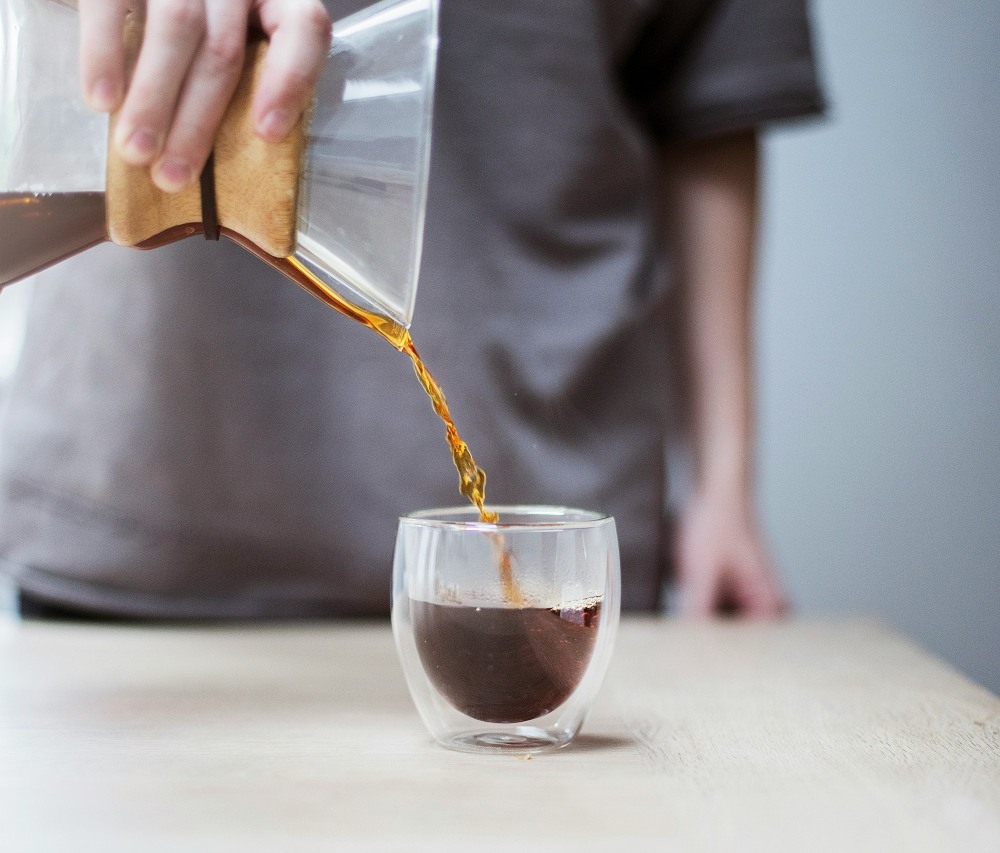
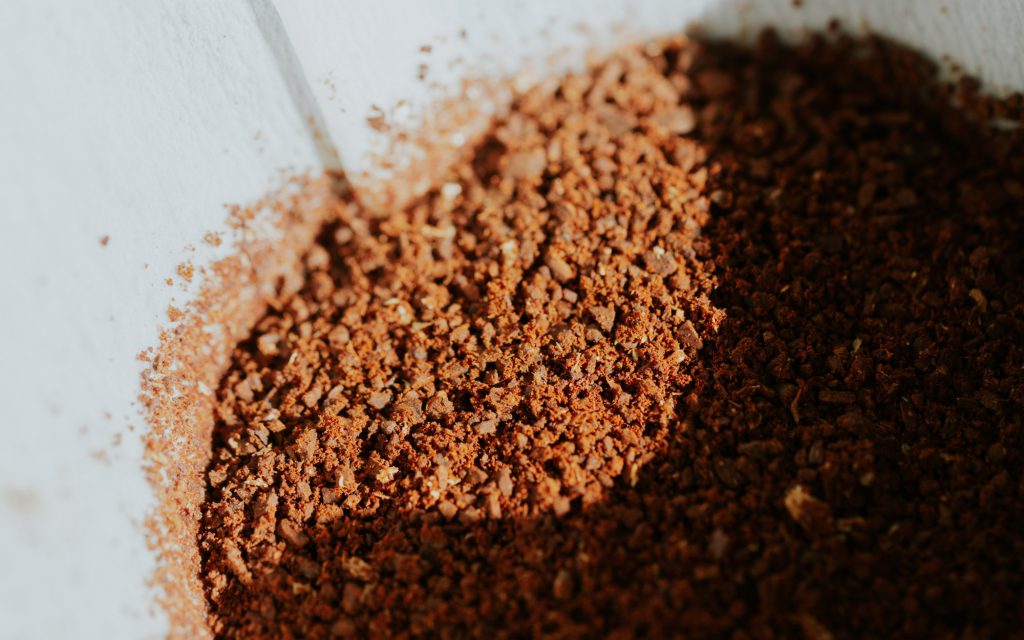
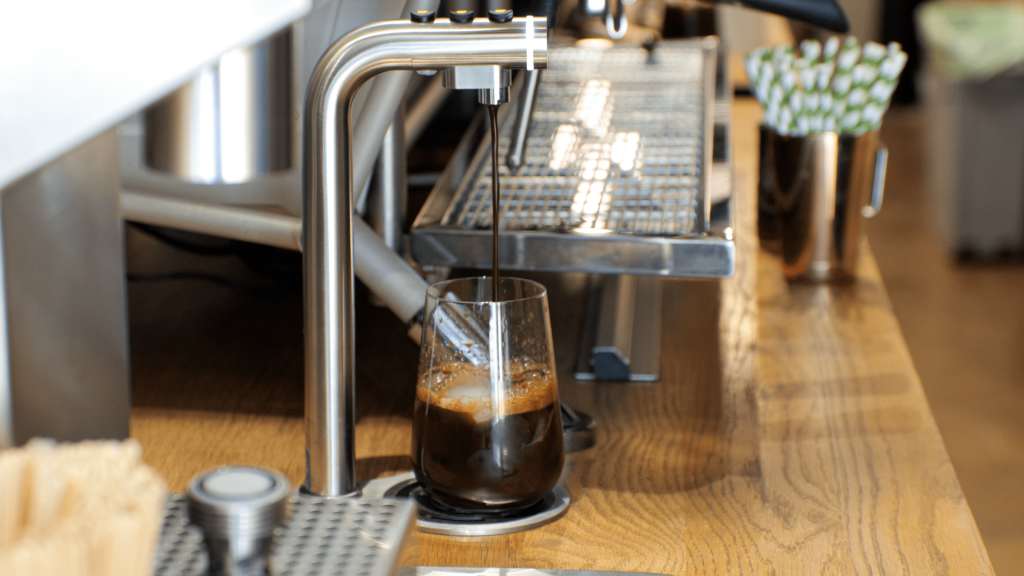
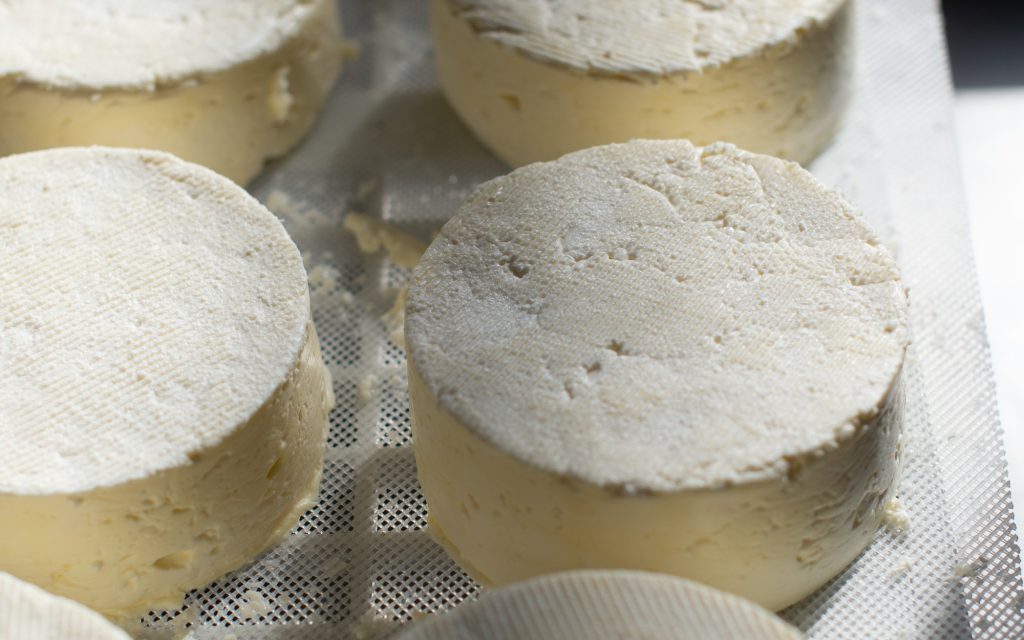
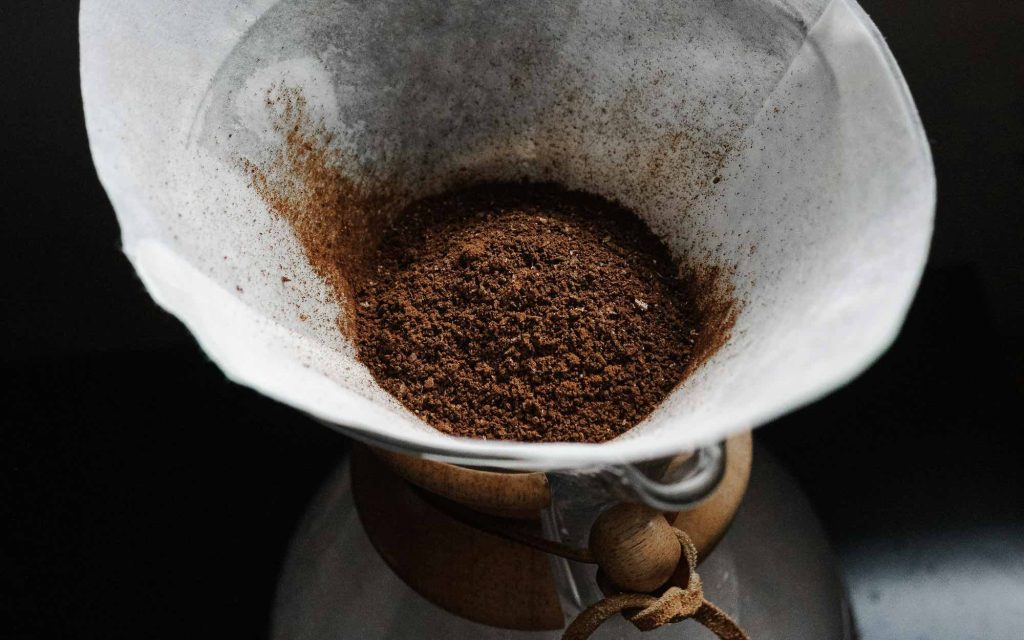
Responses